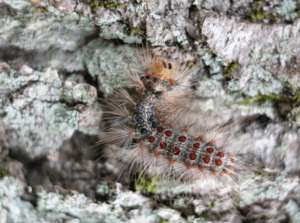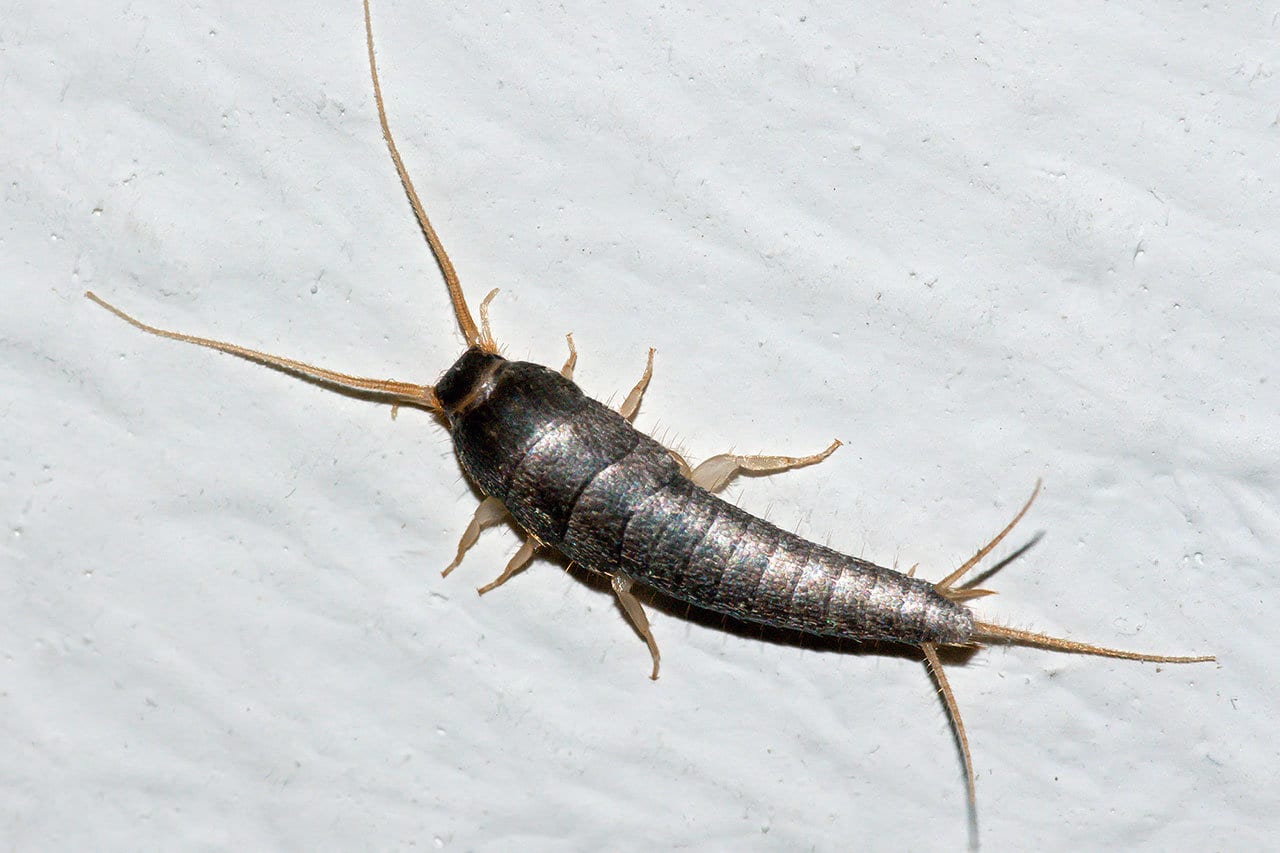

Discovering silverfish in your home can be unsettling, as these small, silvery pests are known for their destructive habits. Understanding how to get rid of silverfish is essential in preventing infestations and safeguarding your belongings. This article explores effective strategies to control and eliminate silverfish, emphasizing the importance of swift action and a comprehensive approach to keep your home silverfish-free.
Identifying Silverfish
Silverfish are small, wingless insects with distinct features that aid in their identification. They measure about half an inch in length, have a tapered body covered in silvery scales, and feature three long antennae-like appendages on their rear end. Their movements are characterized by a wriggling, fish-like motion, contributing to their name.
These nocturnal pests thrive in damp, dark environments such as basements, bathrooms, and kitchens, where they feed on starches, cellulose, and sugars found in paper, fabric, and food debris. Silverfish are known for their destructive feeding habits, leaving behind irregular holes and damage to items like books, wallpaper, and clothing.
Identifying factors include their unique appearance, swift and undulating movements, and a preference for high-humidity areas. Their presence can be spotted by small, pepper-like feces and yellowish stains on infested materials. Vigilance in recognizing these characteristics is crucial for effective pest management.
Effective Silverfish Control Methods
Controlling silverfish populations involves a multifaceted approach. To deter them naturally, reducing humidity in infested areas by using dehumidifiers and improving ventilation is crucial. Additionally, sealing cracks and crevices in walls and floors helps limit their access to your home or business. Employing essential oils like lavender, cedar, or citrus can act as natural repellents. Traps, such as sticky traps or homemade traps with flour, water, and a glass jar, are effective for capturing silverfish. Diatomaceous earth, a natural powder, can be sprinkled in areas of activity to dehydrate and kill them.
For a more comprehensive solution, professional pest control services may be necessary. They can assess the extent of the infestation, identify entry points, and apply targeted insecticides. Insecticide dusts with long-lasting effects are often used in areas where silverfish thrive. Combining these methods creates a robust strategy, emphasizing prevention through environmental modifications, natural remedies for ongoing management, traps for monitoring and control, and professional intervention for severe infestations. Regular monitoring and upkeep are essential for maintaining a silverfish-free environment.
Preventing Silverfish Re-Infestations
Preventing silverfish re-infestations requires a proactive and consistent approach. Begin by addressing moisture issues in your home, as silverfish thrive in damp environments. Use dehumidifiers, fix leaks promptly, and enhance ventilation to reduce humidity levels. Seal cracks and crevices in walls, floors, and around windows to eliminate potential entry points for silverfish. Store food items in airtight containers to limit their food sources, and regularly vacuum and clean to remove crumbs and debris that attract these pests. Employ natural repellents such as cedar blocks, citrus peels, or sachets with lavender to deter silverfish. Diatomaceous earth can be applied in cracks and corners as a desiccant, creating an inhospitable environment for them.
Regularly inspect and clean storage areas, particularly in basements and attics, to identify and address any signs of silverfish activity promptly. Periodically check for water leaks and fix them promptly. Ongoing preventative measures along with consistent monitoring and maintenance are key to sustaining a silverfish-free environment.
When to Call Twin-Boro
Calling in professional pest control for a silverfish infestation is advisable in certain situations. If the infestation is extensive, with silverfish present in multiple areas of the home or in hard-to-reach places, experts can provide a thorough assessment and targeted treatment. Severe cases, where damage to belongings or structural elements is evident, may require the expertise of professionals to address the issue effectively. Persistent or recurrent infestations despite DIY efforts may signal a deeper underlying problem that requires professional intervention. If there are concerns about potential health risks or the use of chemical treatments, pest control specialists can implement safe and tailored solutions.
Experts also play a crucial role when time is of the essence, such as in commercial settings where a swift resolution is essential. Our knowledge of silverfish biology and behavior enables us to develop comprehensive strategies, including preventive measures to minimize the likelihood of future infestations. In these scenarios, the intervention of professional pest control ensures a more efficient and lasting solution to the silverfish problem.
Twin-Boro has been protecting New Jersey homes and businesses since 1974. If you’ve got pests on your property, you can trust us to take care of the problem for good. Call our office today for more information about the service plans we offer or to schedule a complimentary inspection.






